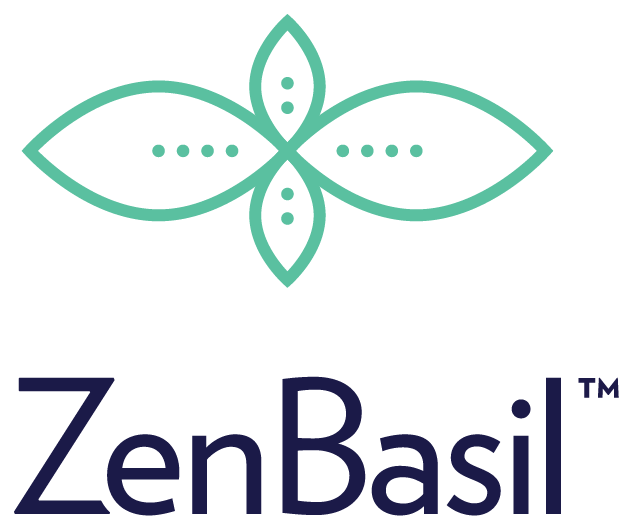A bowl of sweet, colorful cereal has been a morning ritual for many of us, evoking fond memories. However, as we evolve into health-conscious individuals, the cereal aisle transforms into a perplexing landscape. Despite alluring labels promising "more fiber" and "less sugar," the challenge lies in distinguishing between nourishing options and highly processed ones. This blog post unravels the complexities of traditional cereals and provides practical insights into choosing a breakfast bowl that aligns with your well-being.
The Truth about Traditional Cereals:
Opting for Cinnamon Toast Crunch over Pop Tarts might seem like a healthier choice, but the reality is nuanced. Cinnamon Toast Crunch can pack more sugar and carbs than its sugary counterparts, equivalent to indulging in a glazed doughnut. It's apparent that the colorful mascots of our childhood may have a lasting impact on our breakfast choices.
Exploring Low-Carb Alternatives:
Fortunately, a wave of new cereal brands caters to the preferences of low-carb eaters, offering significantly fewer carbs than traditional cereals. However, it's crucial to acknowledge that some of these options remain grain-based and processed, potentially causing a spike in blood sugar. To achieve optimal metabolic health, consider transitioning to a low-carb breakfast like basil seed pudding or an egg frittata.
Guidelines for Cereal Shopping:
Navigating the intricate cereal aisle necessitates a strategic approach. Here are practical guidelines to assist you:
Ignore Front-of-the-Box Labels:
Front-of-the-box labels boasting "Low sugar!" or "High fiber!" can be misleading, as many of these claims lack government regulation. Instead, focus on scrutinizing the nutrition facts label and ingredient list on the side or back of the box to make informed choices. Similar concerns arise with other basil seed brands. However, none of them match the nutritional excellence found in Zen Basil Seeds. Notably, Zen Basil Seeds stand out as the only USDA certified organic basil seeds, boasting the highest fiber content among all fiber sources. Beyond their nutritional prowess, Zen Basil Seeds are part of a women-owned small family business.
Steer Clear of Added Sugars:
Ensure that any sugar in your cereal originates from natural sources like dried fruit, steering away from added sugars like rice syrup and cane sugar. Opt for sugar-free cereals sweetened with natural alternatives such as monkfruit, stevia, or allulose, while avoiding artificial sweeteners that may negatively impact metabolic health.
Look for Alternative Flours:
Select cereals crafted with alternative flours like chickpea or almond flour. These flours, rich in protein and fiber, promote slower digestion and minimize blood sugar spikes compared to refined grains.
Pay Attention to Portion Sizes:
Cereal boxes often showcase oversized bowls on the front, contributing to overconsumption. Check the serving size on the nutrition facts label and utilize measuring cups to prevent overindulgence. Treating cereal as a dessert and keeping portions small is key to a balanced breakfast.
Amp Up the Nutrients:
Even cereals labeled as healthier may lack essential nutrients. Elevate your breakfast by incorporating high-fiber and high-protein elements, such as 2 tablespoons of Zen Basil seeds, greek yogurt, plant-based milk, nut butter, and berries. This colorful addition ensures a nutrient-packed start to your day.
Conclusion:
In the pursuit of a healthier breakfast, navigating the cereal aisle requires a discerning eye. Follow these practical tips to make informed choices and relish a satisfying bowl that aligns with your nutritional goals. Bid farewell to confusion and embrace a breakfast that energizes your body for the day ahead.

